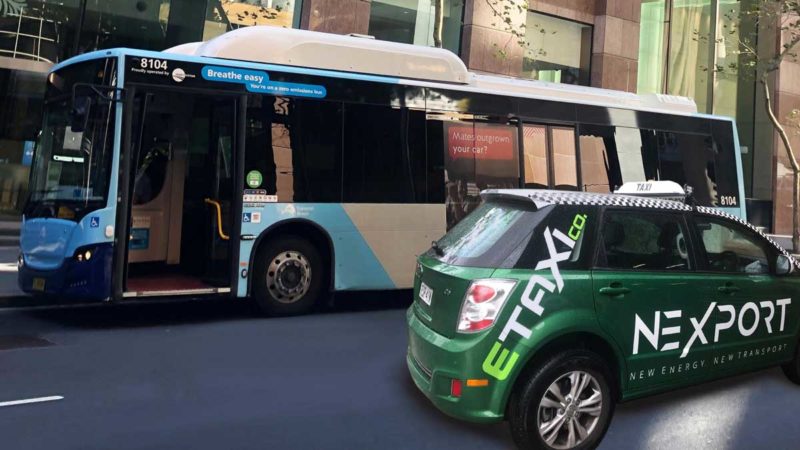Australian states and territories must ramp up their plans to electrify their bus fleets if they are to hit their emissions targets, according to a new report by International Association of Public Transport in Australia and New Zealand (UITPANZ).
The report argues the cost of the technology is now approaching parity with traditional diesel buses, and there is the opportunity to manufacture the buses in Australia – potentially creating a new export industry. However, it notes other nations have got a major head start on that front.
A central problem is the lack of clear policy. While most states and territories have said they want to decarbonise their bus fleets, the process in most cases is in its infancy. The report says clearer policy are needed from the federal as well as state governments to accelerate the process.
“While state and territory net emission targets exist, more specific guidance on the implications for the bus industry such as internal combustion engine (ICE) bus end dates, required electric bus fleet volumes, rate of transition and strategic support offered by the government will provide greater clarity to manufacturers, assemblers and bus operators,” the report says.
“Alongside targets, government investment will also have the effect of signalling to industry that it is committed to the transition to ZEBs and provide confidence to industry who need to justify large amounts of capital spend on new buses and the accompanying infrastructure needs.”
Zero emissions buses (ZEBs) including battery-electric and hydrogen-powered buses, though the report says the former currently made more economic sense.
However, in the long-term it says hydrogen vehicles remained promising because of their “longer range, energy resilience and potentially limited environmental footprint”.
UITPANZ, whose members include government authorities and public transport operators, said its members want “clean” public transport.
“The NSW Government is working to electrify the states 8,000 buses by 2030, and the recently re-elected Queensland, ACT and New Zealand Governments, as well as the Victorian Government, have announced their intentions to switch from diesel to zero emissions buses,” UITPANZ head Michelle Batsas said.
“They’ve got the social licence to make significant changes to reduce carbon emissions, and zero emissions buses are an important part of achieving that.”
All the states and territories have committed to hitting net zero emissions by 2050 at the latest, and most have made some commitment to decarbonising their buses. Transport policy is the responsibility of states rather than the Commonwealth.
NSW minister for transport and roads Andrew Constance says the state government had “had some wonderful feedback from drivers and customers in the inner west where we’ve been trialling five electric buses and we are thrilled to be rolling out at least another 50 zero emissions buses across greater Sydney in the next 12 months”.
“In addition to working closely with operators across the state, over the course of this year we’ll be partnering with the industry to deliver a series of trials to better understand the latest zero emission technology, the infrastructure and the changes needed to make this large scale transition a reality,” he said.
James Fernyhough is a reporter at RenewEconomy and The Driven. He has worked at The Australian Financial Review and the Financial Times, and is interested in all things related to climate change and the transition to a low-carbon economy.

